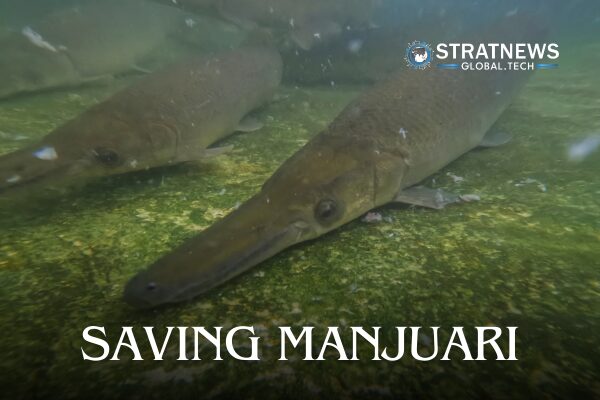Cuba Fights to Save Ancient Fish from Extinction in Mosquito-Ridden Swamp
In the heart of Cuba’s vast Zapata Swamp, the buzz of mosquitoes fills the air as scientists fight to save one of the island’s most ancient creatures — the manjuari, or Cuban gar. This prehistoric fish, which has survived for over 140 million years, is now teetering on the brink of extinction.
A Living Fossil in Peril
“The manjuari is a jewel among Cuban fishes,” said park biologist Andrés Hurtado as he waded through mangroves under a cloud of mosquitoes. The species, long and slender with a snout full of sharp teeth, is listed as “critically endangered” by the International Union for Conservation of Nature (IUCN).
Its decline has been driven by centuries of overfishing, widespread habitat destruction, and the arrival of the invasive African Walking Catfish in 1999. The catfish, a voracious predator, has severely disrupted the delicate balance of the Zapata ecosystem — the Caribbean’s largest intact wetland.
Restoring a Fragile Population
In a small hatchery near the swamp, Hurtado and his team have been working to breed the elusive manjuari and raise young fish before releasing them back into the wild. The process is slow and demanding, hindered by shortages of supplies, the swamp’s isolation, and the manjuari’s secretive nature.
The young fish, barely the length of a pencil, are dark and well-camouflaged, disappearing almost instantly among the tangled roots of mangroves once released. Despite the challenges, Hurtado remains hopeful that each release strengthens the species’ fragile foothold in the wild.
Signs of Hope in the Swamp
Though it is difficult to count the manjuari directly, some evidence suggests the project is working. “Local fishermen tell us the manjuari are here,” said Eduardo Abreu, an administrator at Cienaga de Zapata National Park. “Perhaps not as abundant as before, but they are here, and there is an established population.”
For now, in this mosquito-filled corner of Cuba, a small group of scientists continues its quiet struggle to preserve one of the island’s oldest living links to Earth’s prehistoric past.
with inputs from Reuters


